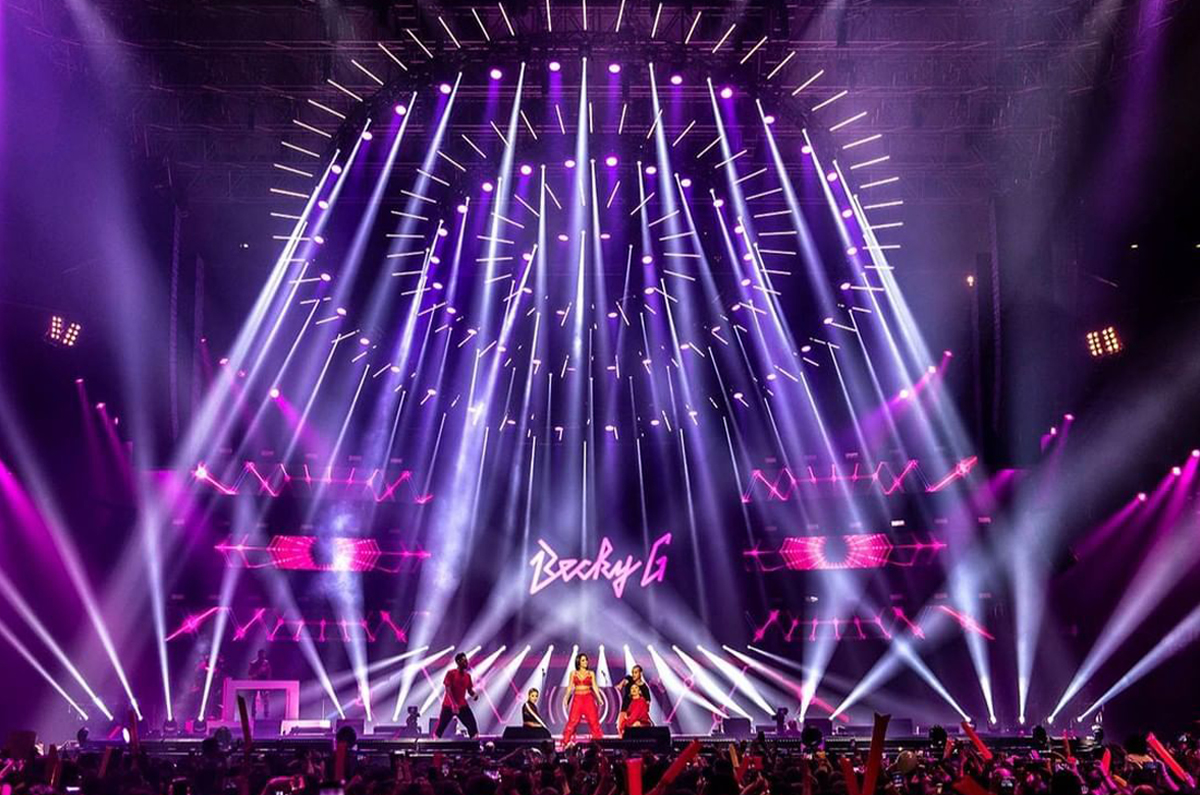It is understandable that a light-emitting diode ( LED ) is prevented from becoming an ideal light source due to the problem of heat generation. We pay a lot of attention to the heat sink, but we don't think much about the layers and barriers between the LED and the heat sink surface.
In addition to simplifying system implementation, changes in concepts and materials can significantly improve thermal management capabilities and reliability. The use of ceramics as a heat sink, circuit carrier, and part of product design requires not only new ideas, but also the willingness to overcome traditional models.
Computational fluid dynamics (CFD) based simulation processes support thermal optimization and product process design. This article will explain this theoretical approach, proof of concept, and how these improvements can be ultimately achieved with ceramic heat sinks.
What is heat?
As we all know, LED is an energy-efficient light source, and because of its small size, it is loved by designers. But they can only be called "small" only when they are not involved in thermal management. Although the operating temperature of an incandescent light source is as high as 2500 ° C, the LED light source temperature is much lower. Therefore, many designers finally realized that heat dissipation is a problem that cannot be ignored. Although the LED still heats up, its temperature is relatively low, so this won't be a big problem. However, based on semiconductor device LEDs, the operating temperature should be below 100 °C.
According to the law of conservation of energy, heat (energy) must be transmitted to a nearby area. The LED can only operate between an ambient temperature of 25 ° C and a maximum temperature of 100 ° C with a temperature difference of only 75 ° C. Therefore, a large heat dissipation surface and very efficient thermal management are required.
Two optimization blocks
As shown in Figure 1, Group 1 is the LED itself and is still largely untouchable. The center position is the LED die and a heat sink copper strip that connects the die to the bottom of the LED. From a thermal point of view, the ideal solution is to bond the LED die directly to the heat sink. Due to mass production, this concept is not commercially viable. We see LEDs as a standardized "catalog" product that cannot be changed. It is a black box.
Figure 1 When defining an optimization block, the three groups are built into a thermal management system.
Group 2 includes a heat sink whose function is to transfer heat from a heat source to a heat sink. Usually, the surrounding air is either free flowing or forced convection. The more unobtrusive the material of the radiator, the more it needs to be hidden. However, the deeper it hides, the lower its cooling efficiency. Of course, materials with suitable appearance and performance can also be selected. These materials can be directly exposed to the air and become a visible part of the product design.
Between Group 1 and Group 2 is Group 3, which provides mechanical connections, electrical isolation, and heat transfer. This may seem contradictory because most materials with good thermal conductivity are also electrically conductive. On the contrary, almost every electrical insulating material is also insulated.
The best compromise is to solder the LED to a printed circuit board (PCB) that is attached to a metal heat sink. The original functionality of the PCB as a board can be preserved. Although PCBs have various thermal conductivities, they all act as a barrier to heat transfer.
Effective system thermal resistance comparison
The thermal resistance between the LED (die to thermal pad) and the heat sink is available from the manufacturer. However, little attention has been paid to Group3 and its significant impact on overall thermal performance. Adding all the thermal resistances other than the LED (Group 1) itself, you can get the total thermal resistance (RTT) (Figure 2). A true thermal comparison can be made through RTT.
Figure 2 RTT indicates the total thermal resistance from the LED heat sink to the surrounding environment.
As a Professional manufacturer of stage lights, our products base on High Quanlity Standard and competitive prices.
Moving head Beam Lights, wash zoom lights, LED Par Lights, COB matrix light, laser lights and fog machines, professional solution for decerating stage effects.
Stage lighting series products can be used in various large and small concerts, bars, restaurants, clubs, etc. Program them to make good effects for any stage by using DMX Controller. We also provide free solution for your to fit well to the plan.

Stage Light,Led Stage Lights,Stage Lighting,Stage Lighting Systems
Guangzhou Cheng Wen Photoelectric Technology Co., Ltd. , https://www.cwdisplay.com
![<?echo $_SERVER['SERVER_NAME'];?>](/template/twentyseventeen/skin/images/header.jpg)